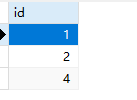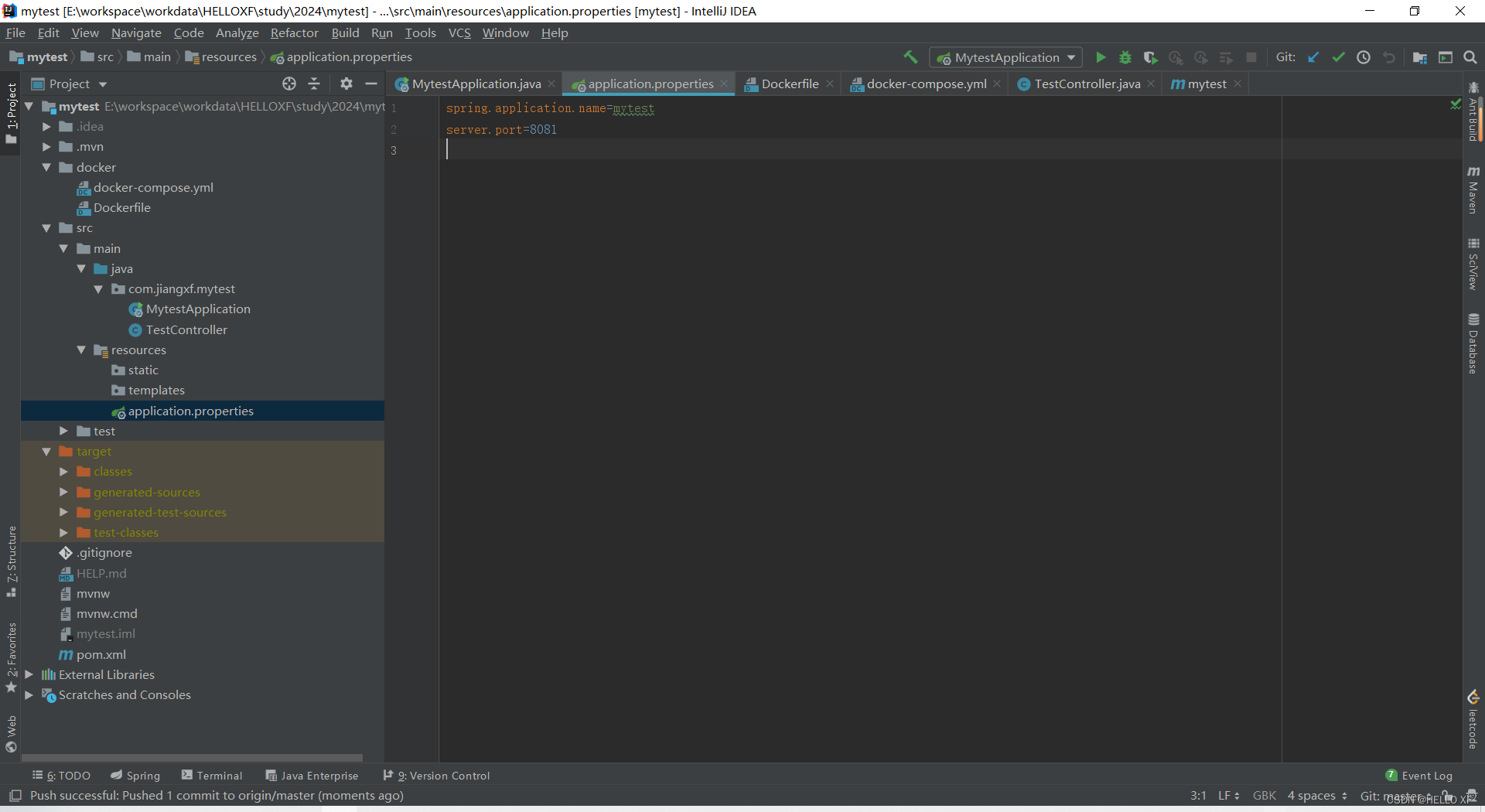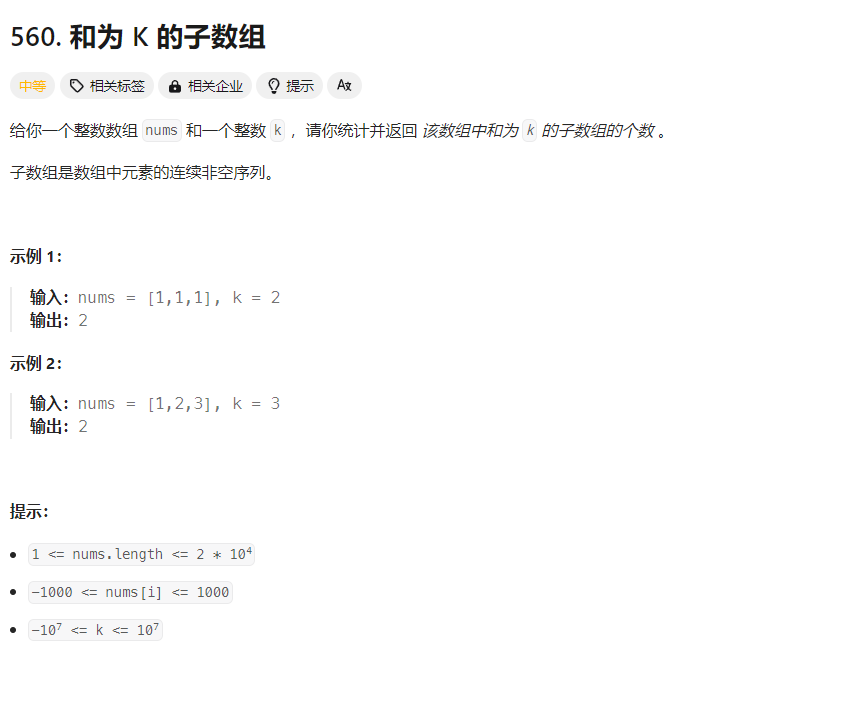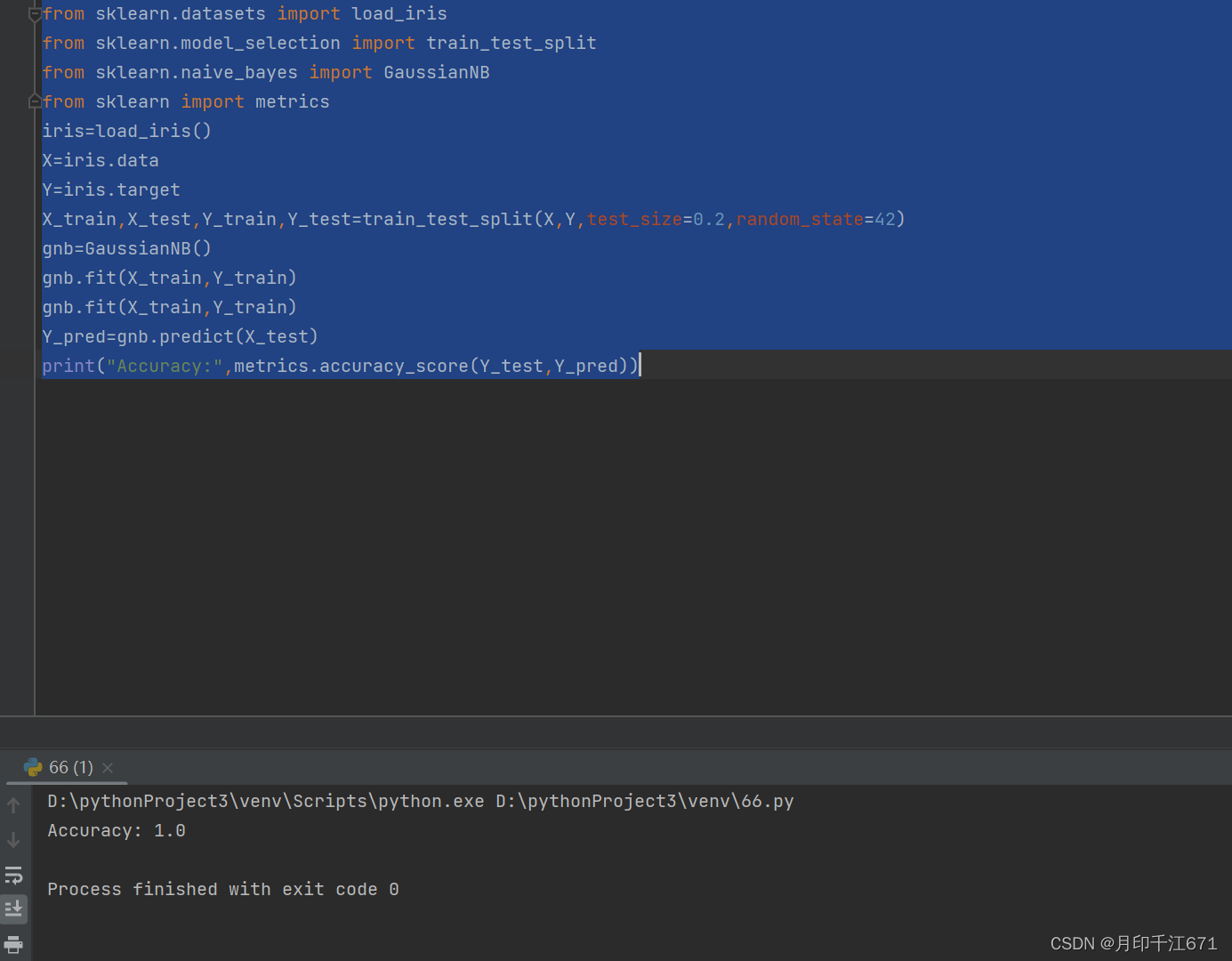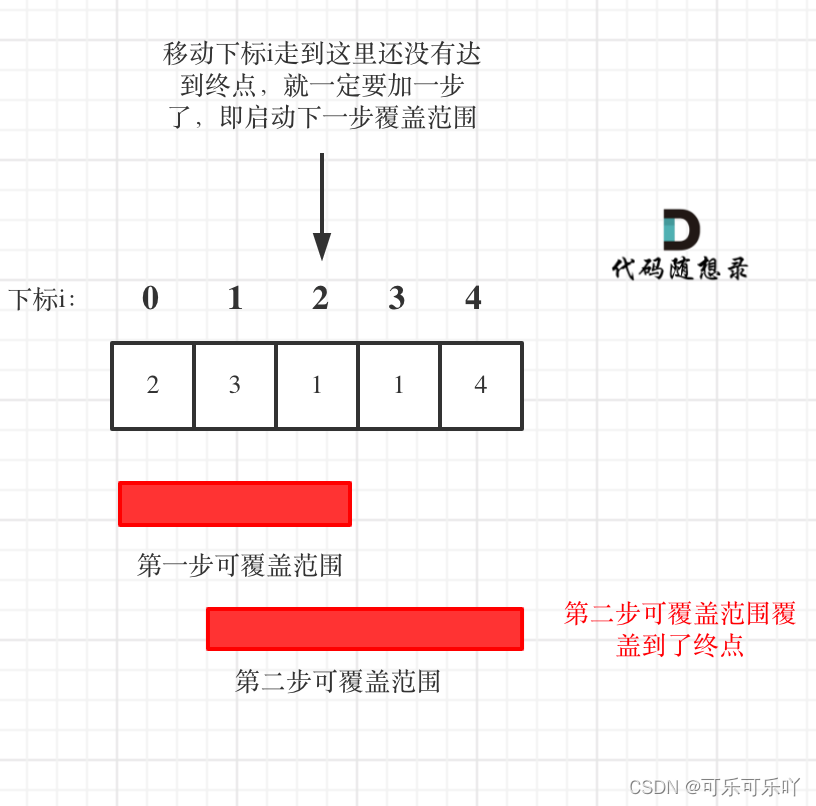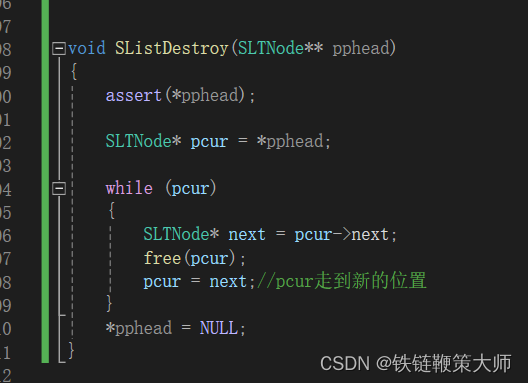IO流结构
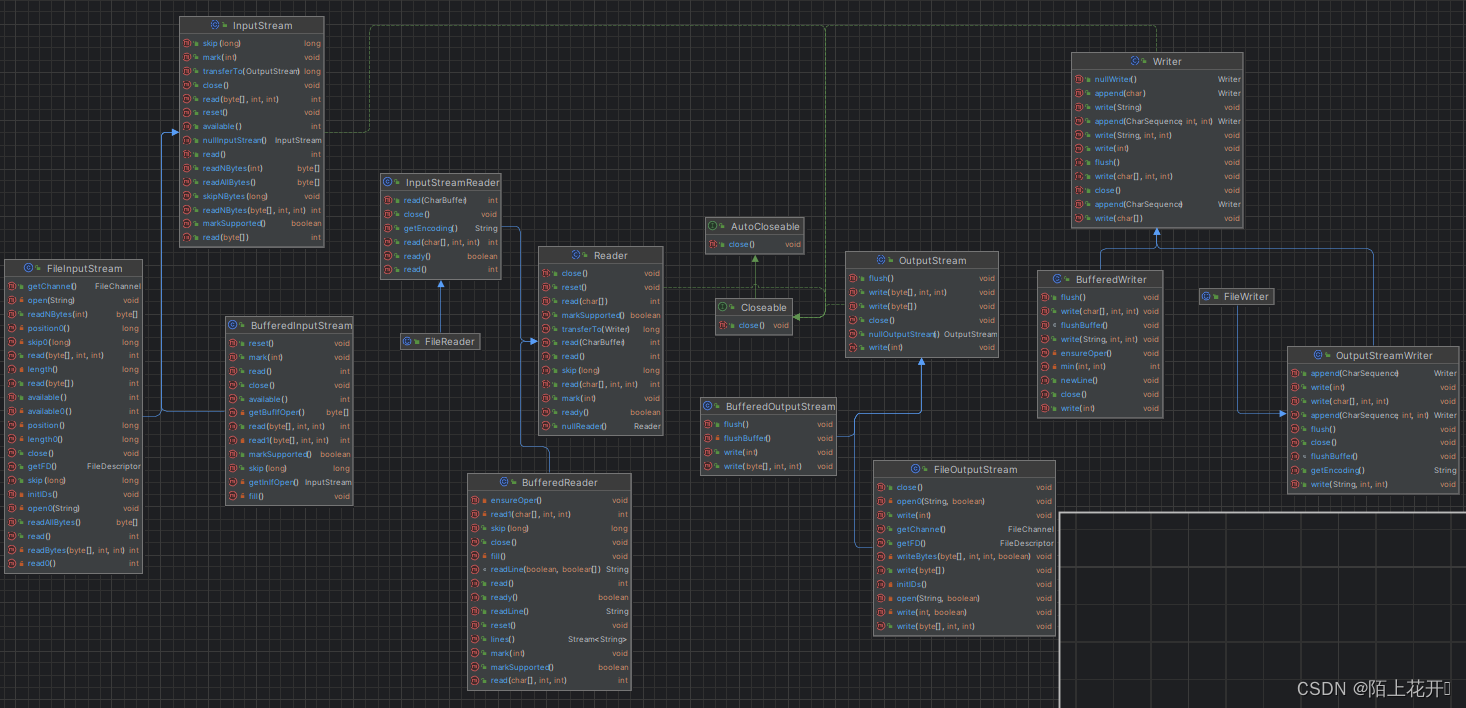

InputStream(字节输入流)
public static void main(String[] args) {// byteInputStream();// byteInputStream1();// byteInputStream2();byteInputStream3();}// 使用字节流时对于中文汉字基本都会出现乱码问题,因此对中文乱码问题通常用字符流Reader和Writer// 字节输入流(手动关闭资源),一个一个字节读,速度较慢public static void byteInputStream() {InputStream inputStream = null;try {inputStream = new FileInputStream("C:\\Users\\21941\\Desktop\\sql.txt");int read = 0;while ((read = inputStream.read()) != -1) {System.out.print((char) read);}}catch (IOException e) {throw new RuntimeException(e);} finally {try {inputStream.close();} catch (IOException e) {throw new RuntimeException(e);}}}// 字节输入流(自动关闭资源),一个一个字节读,速度较慢public static void byteInputStream1() {try (InputStream inputStream = new FileInputStream("C:\\Users\\21941\\Desktop\\sql.txt");) {int read = 0;while ((read = inputStream.read()) != -1) {System.out.print((char) read);}} catch (IOException e) {throw new RuntimeException(e);}}// 字节输入流(自动关闭资源),一个一个字节读,将读取的先字节存入数组,一同取出,速度较快public static void byteInputStream2() {try (InputStream inputStream = new FileInputStream("C:\\Users\\21941\\Desktop\\sql.txt");) {byte[] bytes = new byte[1024];while ((inputStream.read(bytes)) != -1) {System.out.print(new String(bytes));}} catch (IOException e) {throw new RuntimeException(e);}}// 字节输入流(自动关闭资源),一个一个字节读,将读取的先字节存入数组,一同取出,速度较快public static void byteInputStream3() {try (InputStream inputStream = new FileInputStream("C:\\Users\\21941\\Desktop\\sql.txt");) {byte[] bytes = new byte[1024];int temp=0;while ((temp=inputStream.read(bytes)) != -1) {// 防止读到最后时不能全部覆盖之前的,输出每一次读取的内容System.out.print(new String(bytes,0,temp));}} catch (IOException e) {throw new RuntimeException(e);}}OutputStream(字节输出流)
public static void OutputStream(){// 没有文件则自动新建/*OutputStream outputStream = new FileOutputStream(路径)OutputStream outputStream = new FileOutputStream(路径,是否追加(默认false))*/try (OutputStream outputStream = new FileOutputStream("D:\\soft\\javawork\\javawork\\one\\four\\src\\com\\tianliang\\io0\\outputstream.txt")){outputStream.write(97);byte[] bytes = {10,23,52,99,45,3,15};outputStream.write(bytes);// outputStream.write(字节数组/整形/字节数组,偏移量,长度);// 输出流需要刷新outputStream.flush();}catch (IOException e){e.printStackTrace();}}Reader(字符输入流)
public static void reader(){// 用自动关闭方式try (Reader reader = new FileReader("C:\\Users\\21941\\Desktop\\sql.txt")){char[] chars = new char[1024];int temp=0;while ((temp =reader.read(chars))!=-1){System.out.print(new String(chars,0,temp));// reader.read(字符数组/字符数组,偏移量,长度);}}catch (IOException e) {throw new RuntimeException(e);}}Writer(字符输出流)
/*FileWriter writer = new FileWriter(路径)FileWriter writer = new FileWriter(路径,是否追加(默认false))*/public static void writer() {try (Writer writer = new FileWriter("D:\\soft\\javawork\\javawork\\one\\four\\src\\com\\tianliang\\io0\\writer.txt")) {writer.write(97);String string = "你好";writer.write(string);char[] chars = {'A', 'S', 'G', 'H', 'T', 'E', 'F', 'd', 'g', 'b', 'n', 'm', '中', '国'};writer.write(chars);writer.flush();} catch (IOException e) {throw new RuntimeException(e);}}InputStreamReader(字节输入转字符输入流)
处理字节乱码问题,也可以处理编码乱码问题
public static void main(String[] args) {// 转换流,还可以通过设置字符编码解决乱码try {FileInputStream fis = new FileInputStream("E:/test.txt");// 转换的时候,还可以指定字符编码,用于解决乱码问题// 默认UTF-8InputStreamReader isr = new InputStreamReader(fis,"GBK");InputStreamReader isr = new InputStreamReader(fis,编码);int temp = 0;while ((temp = isr.read()) != -1) {System.out.print((char)temp);}} catch (Exception e) {e.printStackTrace();}}public static void main(String[] args) {try (// 字节输入流FileInputStream fis = new FileInputStream(路径);// 转换为字符输入流,为什么不是FileReader类型呢?// 因为FileReader 继承了InputStreamReader 所以一样InputStreamReader isr = new InputStreamReader(fis);){// 和字符输入流使用方式一样// 读取char数组// isr.read(chars);// 读取一个字符// isr.read();} catch (Exception e) {e.printStackTrace();}}OutputStreamWriter(字节输出转字符输出流)
public static void main(String[] args) {try (// 字节输出流FileOutputStream fos = new FileOutputStream(路径);// 转换为字符输出流OutputStreamWriter osw = new OutputStreamWriter(fos);){// 和字符输出流用法一样osw.write("xxx");osw.flush();} catch (Exception e) {e.printStackTrace();}}BufferedReader(字符输入缓冲流)
提高读取速度,增加按行读的方法readLine();剩余使用方法和字符输入流一样
public static void main(String[] args) {try (// 字符输入流,传入文件路径FileReader fr = new FileReader(路径);// 字符输入缓冲流,传入字符输入流BufferedReader br = new BufferedReader(fr);){// 使用方式和字符输入流一样// br.read();// br.read(chars)// 新增读取一行的方法,返回读取到的这一行数据// 到达文件末尾,返回null// String temp = br.readLine();String temp = null;while ((temp=br.readLine()) != null) {System.out.println(temp);}} catch (Exception e) {e.printStackTrace();}}BufferedWriter(字符输出缓存流)
增加写出速度,增加换行写出方法newLine();其余方式使用和字符输出流一样
public static void main(String[] args) {try (// 字符输出流,传入文件路径,和 是否覆盖写入FileWriter fw = new FileWriter("./src/com/test.txt");// 字符输出缓冲流,传入字符输出流对象BufferedWriter bw = new BufferedWriter(fw);){// 用法和字符输出流一样// bw.write(chars);// bw.write(int);// bw.write("xx");// 新增写出换行的方法bw.newLine();// 刷缓存bw.flush();} catch (Exception e) {e.printStackTrace();}}测试字符流与字符缓存流速度
public static void main(String[] args) {fileInputStreamTest(路径);bufferedFileInputStreamTest(路径);}public static void fileInputStreamTest(String path){long startTime = System.currentTimeMillis();try (FileInputStream fis =new FileInputStream(path);){int temp = 0;byte[] bytes = new byte[1024];while ((temp = fis.read(bytes)) != -1) {}} catch (Exception e) {e.printStackTrace();}long endTime = System.currentTimeMillis();System.out.println("读取完成,字节输入流耗时 : "+(endTime-startTime));}public static void bufferedFileInputStreamTest(String path){long startTime = System.currentTimeMillis();try (FileInputStream fis =new FileInputStream(path);BufferedInputStream bis = new BufferedInputStream(fis);){int temp = 0;byte[] bytes = new byte[1024];while ((temp = bis.read(bytes)) != -1) {//写入时需要执行的内容}} catch (Exception e) {e.printStackTrace();}long endTime = System.currentTimeMillis();System.out.println("读取完成,字节输入缓冲流耗时 : "+(endTime-startTime));}